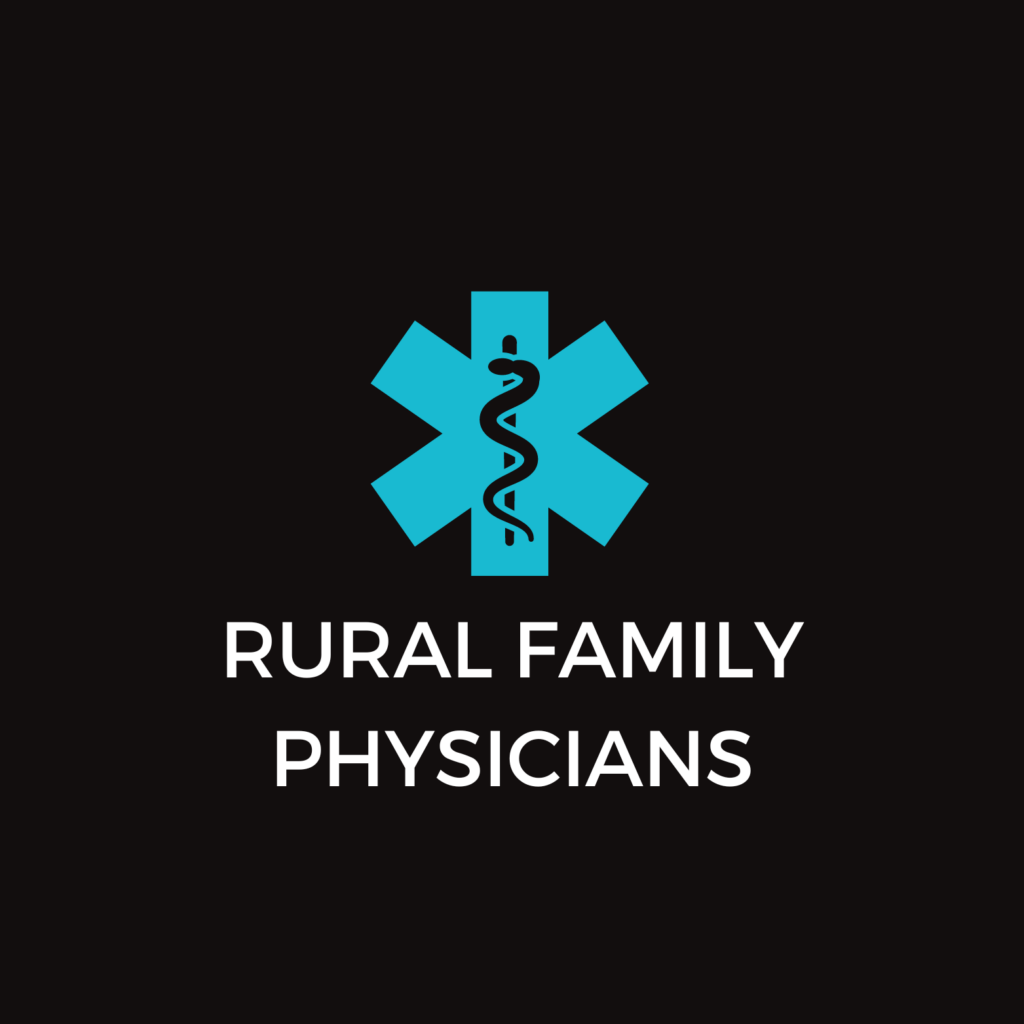CEO Update: Insurance Rate Challenges Facing Rural Colorado
 When I grew up, I was lucky my family had a good job that offered good insurance and the rates were reasonably priced. That isn’t always the case nowadays.
When I grew up, I was lucky my family had a good job that offered good insurance and the rates were reasonably priced. That isn’t always the case nowadays.
Today, we have many challenges facing rural Colorado with higher insurance premium rates in rural vs. urban. Statewide, the individual rate is 9.8 percent, but on the Western Slope the rates are 25.8 percent and Boulder at 5.8 percent, closely followed by Denver at 6.2 percent. Why are the rates so different across the state? In Colorado, health insurance rates are set by geographic area vs. a single state rate. In rural areas, there is less competition for providers, leading to significantly higher rates, the population is disproportionately older and a higher ration of people employed engaged in physically challenging or dangerous work such as mining, fracking, skiing and this leads to more expensive care.
During the 2016 legislative session, HB 16-3336 was passed and signed into law. The law required the Division of Insurance to conduct a study on the impact of insurance rates. The study concluded that rural health insurance costs more because it’s more expensive to deliver healthcare in rural areas. Just how much higher? In 2014, the total healthcare cost per member in 2014 was 36% higher in a Western Slope area than it was in Boulder. On August 1, 2016, The Division of Insurance concluded that “moving to a single geographic rating area will have no impact on healthcare costs, and without tackling costs, there is little hope of bringing down health insurance premiums.” The study does find that a single geographic rating area would accomplish the goal of reducing rates in the areas of our state with the highest premiums. Commissioner Salazar also told the Joint Budget Committee in presenting the study findings that “those reductions are not feasible” and that is because they would be offset by an increase in costs for people living in the state’s urban centers. While the data and conclusions drawn from this study are a reality in terms of solving the root cause of the problem is to tackle costs. However, it is equally a reality that many of our Rural Communities are facing a crisis here in Colorado and this is the message that I shared with the Joint Budget Committee. Earlier this year the Denver Post ran an article and Dan Gibbs, a Summit County Commissioner said, “we’re at the breaking point, crisis state, up in the resort communities, people are deciding now whether they’re going to pay rent or buy health insurance or pay for day care.”
Data also shows that 14 percent of rural adults are low income and lack transportation, 10 percent of rural families are living below the 2015 Federal Poverty Line ($24,250 for a family of four), the median rural household income is 29 percent lower than the average urban household, 13 counties in Colorado do not have a hospital, 17 percent of rural adults lack sufficient mental and emotional support, 40 percent of kids have dental decay in kindergarten and 7 percent of rural adults have diabetes. We know the cost of care can be higher since patients do not often see a physician regularly or wait until an emergency arises, we also know that lower income residents are more likely to have a chronic disease and only 10 percent of physicians practice in rural America despite the fact that nearly one-fourth of the population lives in rural.
The rural difference is about access to care. Access to care is, in fact, why the designation of critical access hospital and rural health clinic were established. Our rural communities will never have the volume necessary to make the cost per patient equal to the cost for urban. But what rural does have is care that meets the needs of the community and if evaluated on the whole, care is less expensive for the appropriate level of care. What we need both at the federal and state level are policies that make health insurance more affordable for the individual, small businesses, and the unique population found in our rural communities. What we also need is policies that support rural communities, including individuals, providers, rural health clinics and hospitals. Our Critical Access Hospitals and Rural Health Clinics are doing their part to reduce the readmission rate (Critical Access Hospitals have a readmission rate of 3.5 percent compared to 19 percent for the state), they provide care coordination and focus on a patient centered approach.
Sustaining rural health and ensuring access to care in rural Colorado is what we do at the Colorado Rural Health Center. Although the puzzle of healthcare is tricky and we are facing critical issues, I remind you that 70 percent of the landmass in Colorado is rural and together we can work to do whatever it takes to sustain access to care.



